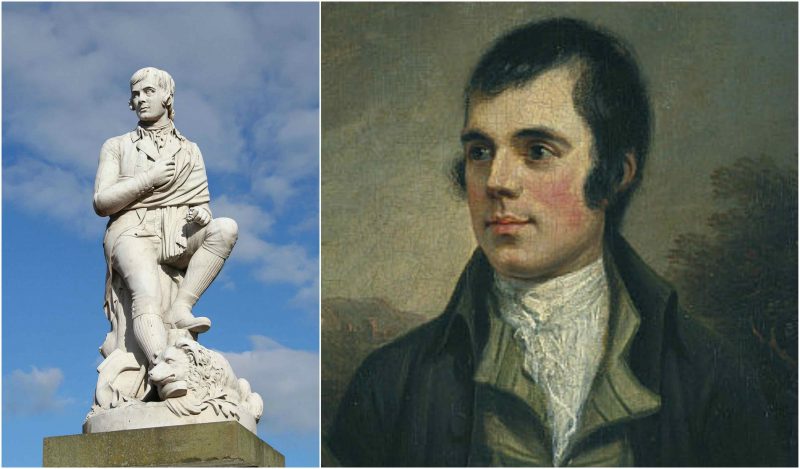Robert Burns, also known as Rabbie Burns, the Bard of Ayrshire, Ploughman Poet and various other names and epithets, is the most beloved Scottish poet, regarded as the national poet of Scotland and celebrated worldwide.
He became famous at the age of 27 after he published “Poems in the Scottish Dialect” in 1786 so that he could earn money and escape to Jamaica in order to avoid paying his debts.
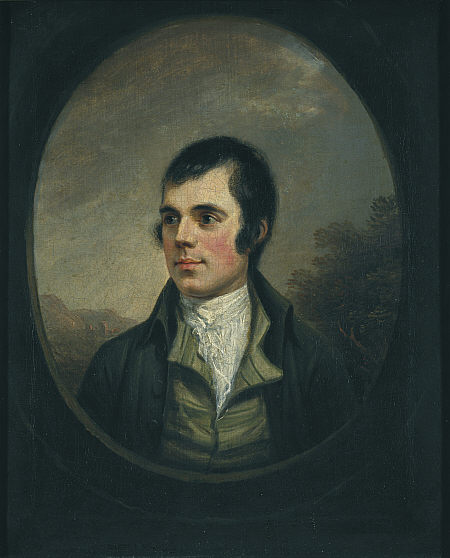
by Alexander Nasmyth, 1787
Burns was born in 1759, in Alloway, Ayrshire, and was the first born child of seven. When he was only seven-years-old, his father sold the house and the family settled and worked at Mount Oliphant farm, southeast of Alloway. Robert grew up in poverty and hard work and didn’t get much formal schooling. Most of his education came from his father. In 1772, he went to Dalrymple Parish School and the next year he was sent to a lodge with John Murdoch to study grammar, French, and Latin.
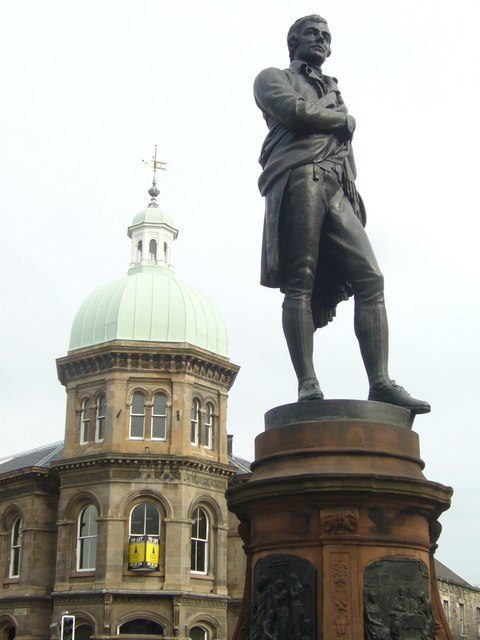
Burns liked studying and was especially interested in storytelling. He listened to everyone who had a story to tell but mostly, he loved the stories about the supernatural, told to him by an old widow who helped at the farm. Burns collected the stories in his head and later in his life he turned them into poetry.
His life turned upside down when his father died in 1784 and he was left to lead the work at the farm. He wasn’t very successful in that, and on the other hand, as a famous womanizer, he had impregnated two women. Desperate, Burns decided to leave Scotland and move to Jamaica but couldn’t even find money for the journey. In 1786, he decided to publish his poems as “Poems in the Scottish Dialect” in order to earn some money for his trip.
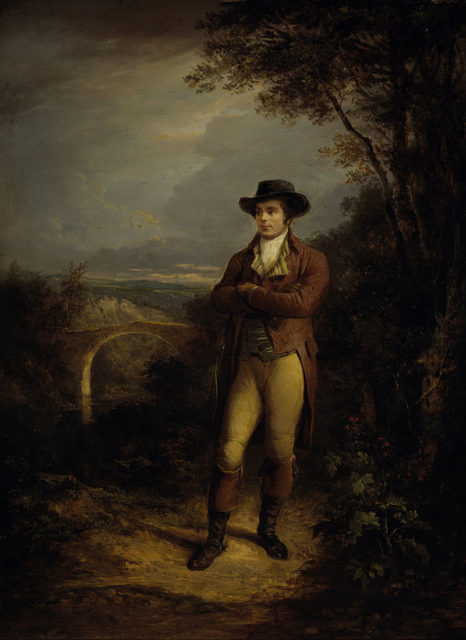
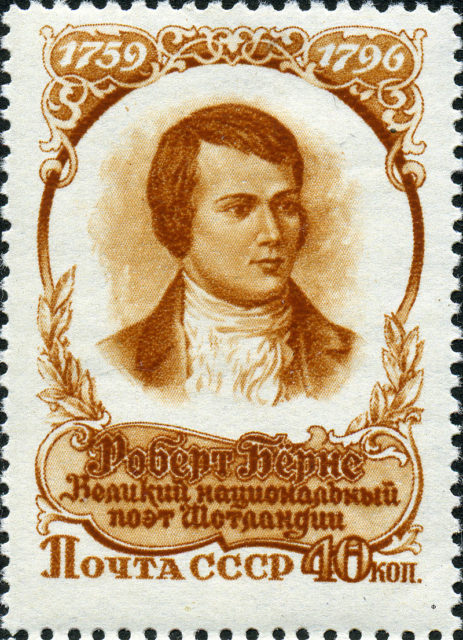
What he didn’t expect was that his collection would be a great success and he would become a famous and beloved poet in Scotland. He never left. Instead, he enjoyed his glory and continued writing.
In 1788 Burns married Jean Armour who without hesitation, accepted and took care of all of his illegitimate children. He wrote the poem “Welcome to a Bastard Wean” to greet his first-born illegitimate daughter Elizabeth.
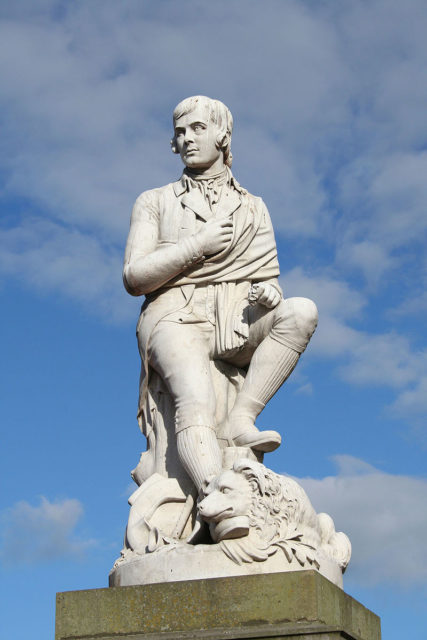
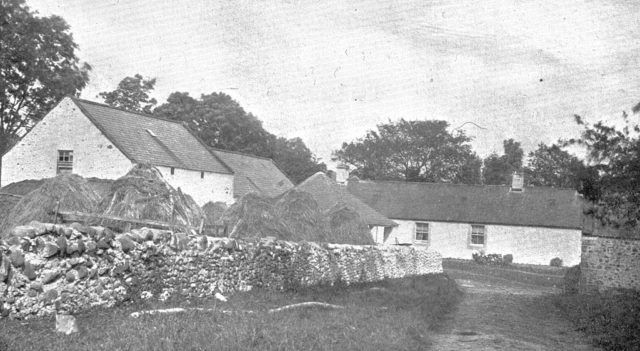
Burns bought a farm but didn’t rose to a successful farmer and gave up farming to become a full-time exciseman in 1791. With the steady employment and income, he started spending all of his earnings on drinking.
He was known as a hard drinker before, but during this period he became truly ‘dedicated’ to drinking.
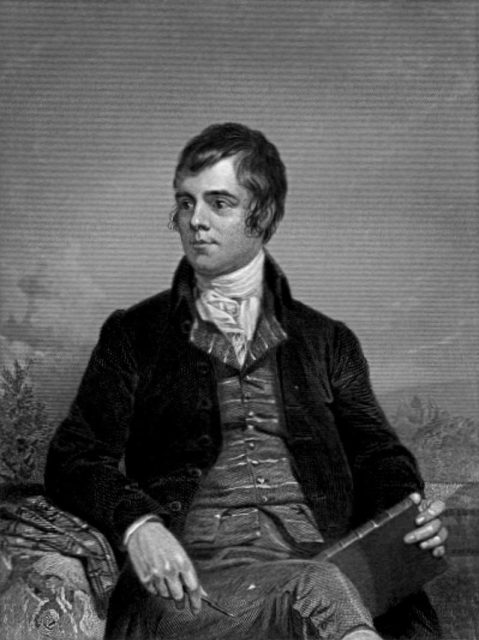
“Tam O’Shanter” is Burns’ most famous poem that he wrote in a single day. It is about a man who runs for his life while escaping from a witch. As a real Scot, Burns gave 300 songs to the Scots Musical Museum as a gift of love for his country and folks, which is today considered as his most important literary effort. His poem “Auld Lang Syne” was set to a tune which is traditionally sang by the Scottish folks on the New Year’s evening.
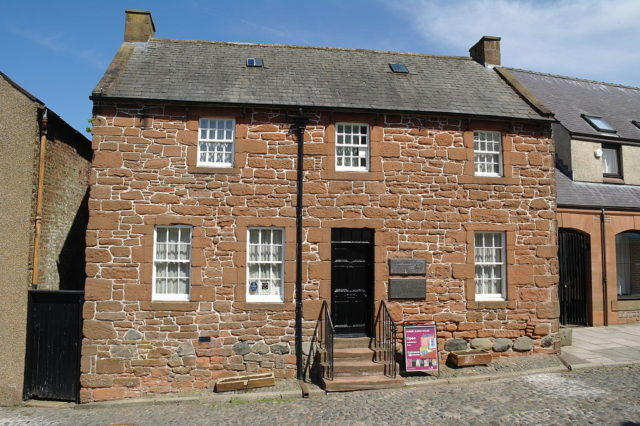
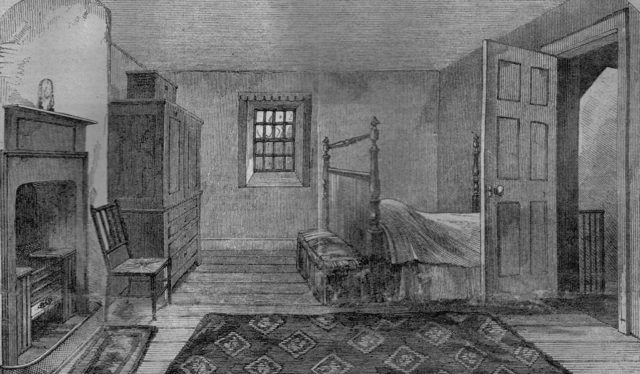
When he was only 37, his health rapidly declined after he fell asleep at the roadside, in a pouring rain, drunk. He died in 1796, in Dumfries and his funeral took place on the same day when his son Maxwell was born.
